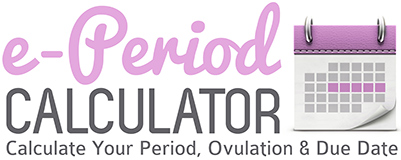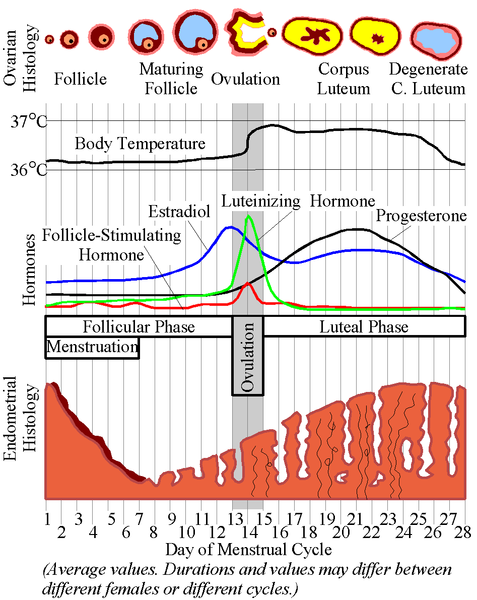Menstrual periods come with a variety of side effects and symptoms that can cause major discomfort. Oftentimes, the most common symptoms of menstruation include menstrual cramps, bloating, and mood shifts as a result of premenstrual syndrome (PMS).
However, nausea and vomiting can be an underlying symptom of menstruation as well, and it can have a variety of different causes that may vary among women. Here are some of the facts about vomiting during your menstrual cycle and how to tell whether your nausea is normal or a sign of a deep-rooted issue.
Why does it happen and is it normal?
Since every woman’s menstrual cycle is unique, nausea and vomiting can be a typically ordinary occurrence for some women during their period. Many women will just experience the initial nausea, while others may actually throw up.
A lot of the time, hormone changes can cause your stomach to become unsettled and menstrual cramps can be painful to the point of nausea. In this case, eating smaller meals throughout the day can help decrease stomach nausea.
Vitamin B deficiencies and sugar imbalances can also result in vomiting during a woman’s menstrual cycle, so if you find yourself experiencing this kind of nausea try to maintain a more balanced diet.
Vomiting can also be a direct result of some of the more unpleasant menstrual symptoms. For example, women are more likely to feel nausea during their ovulation cycle. Also, many women experience migraines during or around the time of their period, which can be debilitating to the point of nausea and vomiting. In these cases, vomiting is normally caused by a hormone imbalance.
What if it’s not normal?
There are different reasons why vomiting may occur during menstruation that can be linked to menstrual disorders and other medical conditions causing these types of symptoms. For starters, dysmenorrhea is a menstrual condition that presents a variety of severe symptoms that can include nausea and vomiting.
Dysmenorrhea is a painful menstrual disorder that causes the uterine walls to contract, which can lead to extremely painful cramps and nausea. This is thought to be caused by the production of prostaglandins during menstruation which can exacerbate menstrual symptoms.
Another condition that may be accompanied by nausea and vomiting is endometriosis, which is a bit more serious. With endometriosis, the cells that construct the uterine lining appear to grow outside of the uterus.
These cells are influenced during the menstrual cycle by hormone fluctuation and imbalance, resulting in symptoms such as nausea, bloating, diarrhea, rectal pain, and cramps.
If you suspect you might have endometriosis, you should consult with a doctor to properly treat it. Endometriosis may sometimes require surgery to be corrected.
How do you remedy it?
There are a variety of ways to treat nausea that may accompany your menstruation. If your symptoms are not directly linked to any underlying medical condition, you can rely on some home remedies to alleviate it. If vomiting is brought on by the pain experienced during PMS or menstruation, then try some over-the-counter medications to help with the pain.
Ginger is also a well-known home remedy proven to relieve nausea and vomiting. Vomiting brought on by an unsettled stomach can be remedied by taking antacids during the menstrual cycle so that eating doesn’t bring on these symptoms. Additionally, chamomile tea is a great way to relieve menstrual-induced nausea and vomiting as well.
Vomiting during menstruation can be a normal and common side effect that is dependent on each woman’s menstrual cycle. The fluctuation of hormones around this time can cause an array of unpleasant symptoms that can often be relieved through medication or natural home remedies.
It is also important to be aware of the symptoms you are experiencing, and if they seem severe or abnormal, to consider consulting with a doctor to check for any underlying medical conditions that could be responsible.



